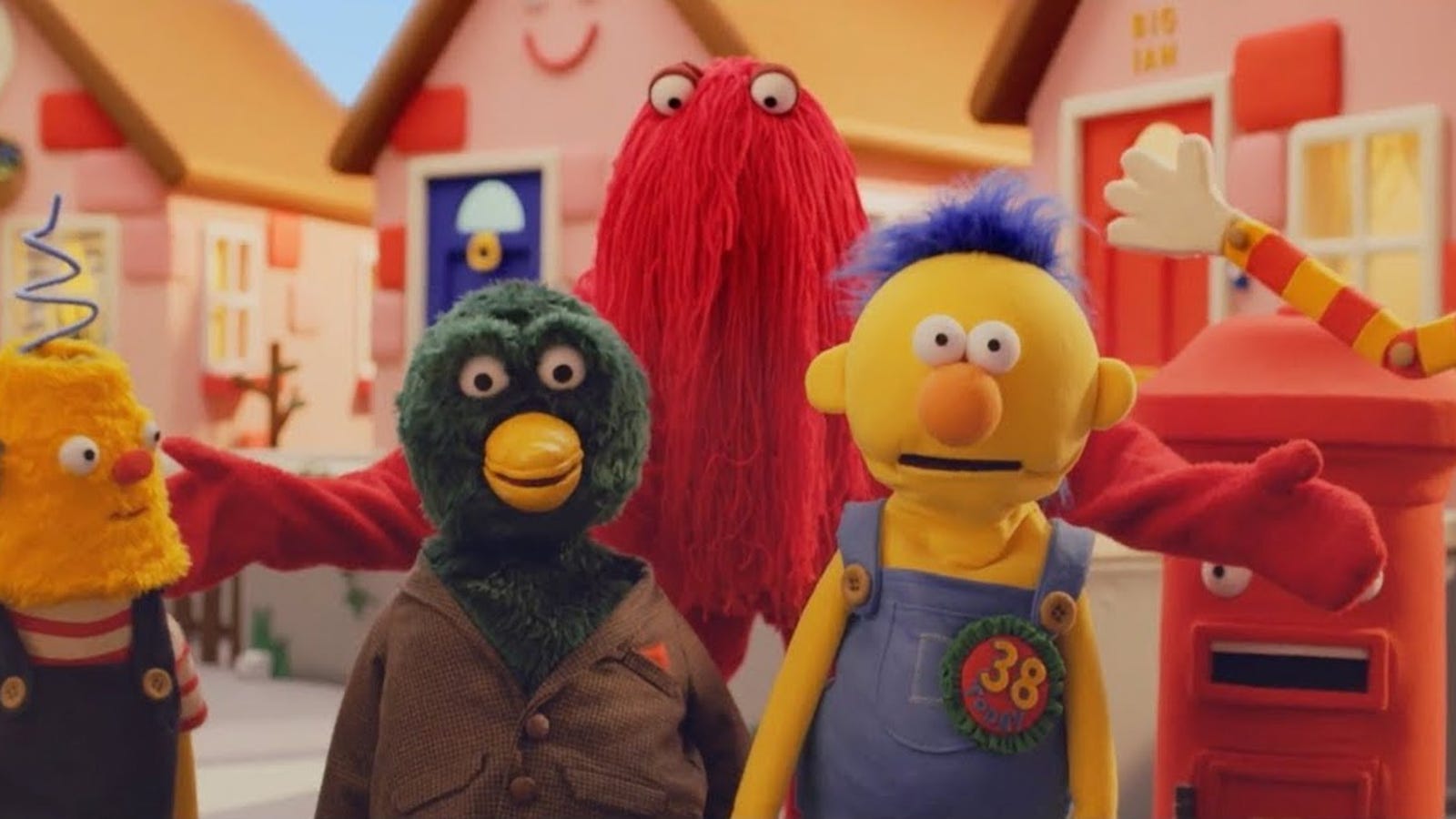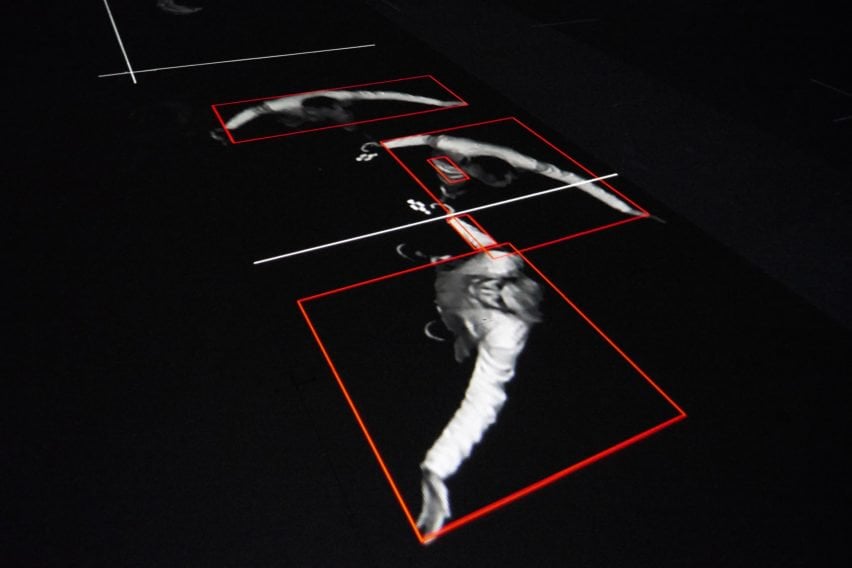Elastic Heart (Screen)
 In this music video by Sia which features Shia Lebeouf and dancer Maddie Ziegler, the entire video takes place in a single space which is a large cage pictured above.
In this music video by Sia which features Shia Lebeouf and dancer Maddie Ziegler, the entire video takes place in a single space which is a large cage pictured above.
While it might seem simple, a space like this can hold a lot of power. For me when I first saw the music video years ago I was blown away by how the dancers had made use of this minimal bare space and turned it into so much more than just a song and dance.
In this case, the connotations behind the cage are that of trapped birds/animals and this is fitting because in the video, the dancers are interacting with one another in a manner that appears to be raw and feral, similar to how wild animals would interact.

Since this is a screen based space, what is important is also the angle of the camera and how the cinematographer chooses to capture the space. In a way, the cameraman is the person who is controlling how we navigate through this space. Hence the use of camera angle is interesting as well in Elastic Heart because at many times, the camera appears to be capturing the image from outside of the cage peering in through the bars.

The symbolism behind the cage is even more apparent later on in the video as the younger female dancer realises she is able to leave between the bars of the cage and attempts to help the other dancer escape frantically, almost as if the space is symbolic of his inability to escape what confines him despite the efforts of those around him.
This space has really got me thinking about what it means to make a space effective in the context of screen-based performance art. A minimal space like this, with just some metal bars forming the shape of a large cage, can be very effective in communicating to the viewers any subliminal messages behind the performance itself.
Hansel and Gretel (Physical)

The main installation space for Hansel and Gretel by Ai Weiwei and Herzog & de Meuron is a huge empty space that is populated by images formed through overhead projection onto the floors. This is striking to me as it is rare that video content is projected on the floor instead of on walls and it really gives an illusion of more depth and more crowdedness in the room.
Since taking Kristy’s projection mapping class this semester, I am really interested in how projection or projection mapping can really change a bare space and turn it into something otherworldly and strange. Hansel and Gretel is a good example of such a space. The room is dark which adds to the ominous and dangerous feel of the installation, and allows for effective projection.

In this installation, something interesting is that drones are used to fly around the space which serves several purposes. The first is to collect footage of participants of the installation, which is then fed back to the projectors and projected onto the participants themselves with red boxes drawn on different body parts to mimic CCTV cameras and facial recognition. In this way, participants are encouraged to interact with the space because of what is projected on it.
Secondly, the drones also serve the purpose of creating a soundscape in the space which I thought was super interesting and authentic way of feeding a soundscape into a space, using the actual items rather than recordings played through speakers. The attention to sound in this space also reminds us that a space is not just about the objects or architecture in it but also the sensorial elements which turn the space from just a mere place into an experience.






